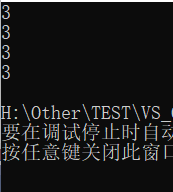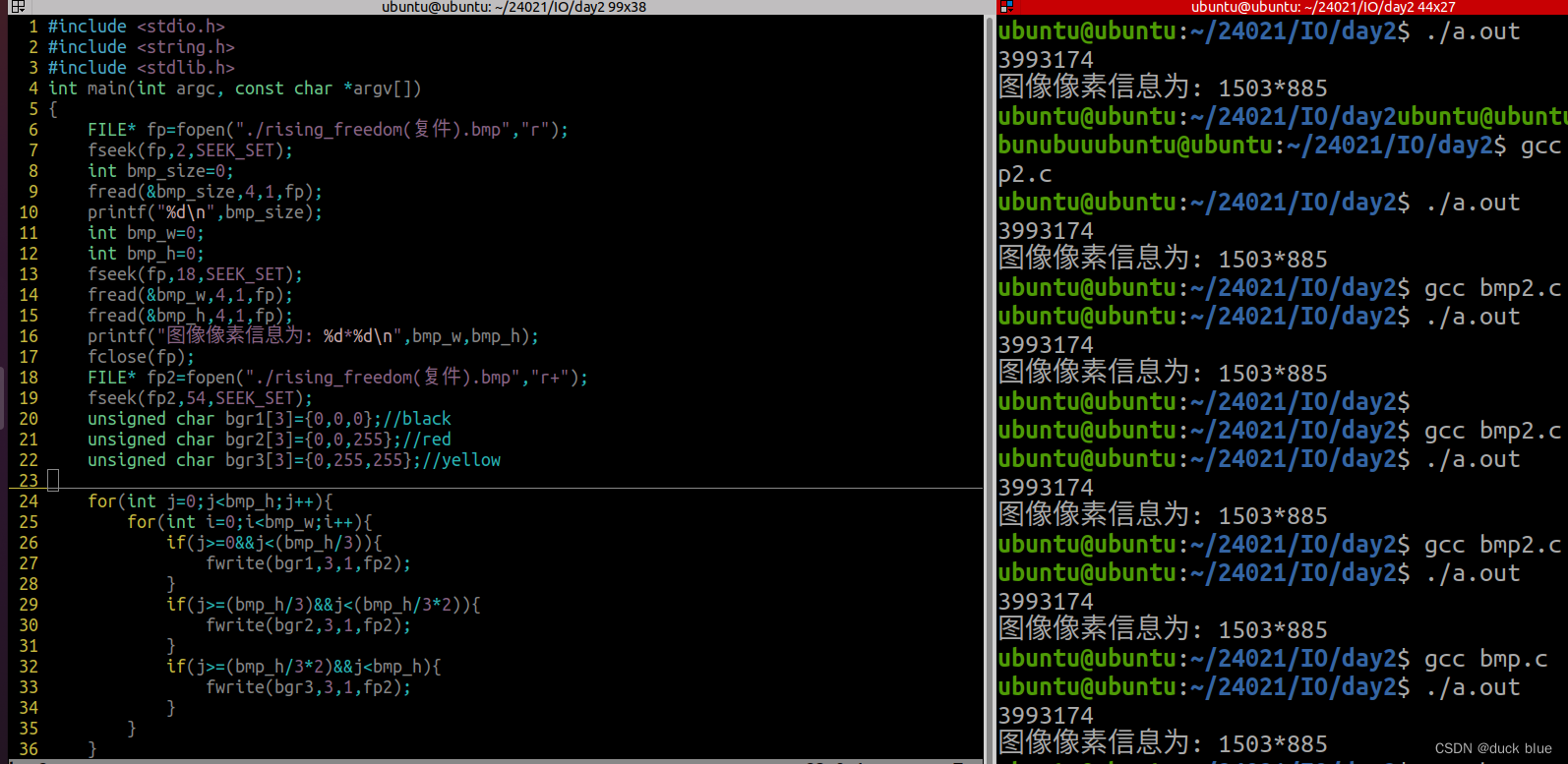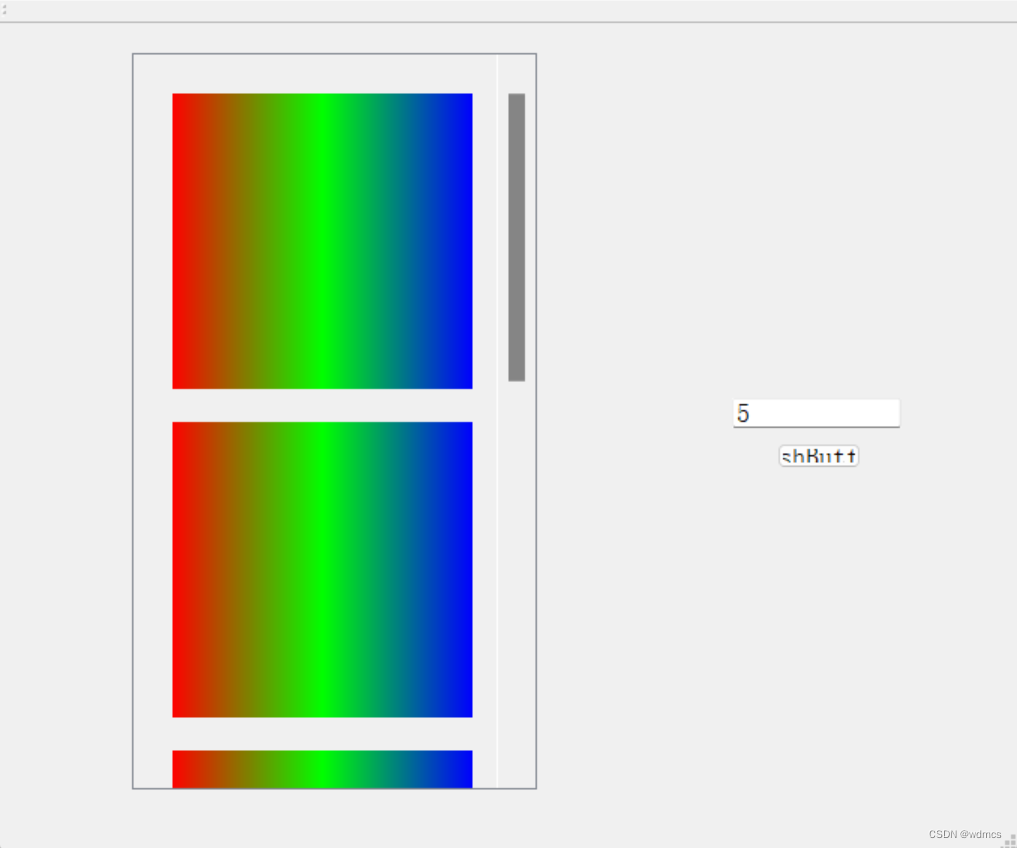COMP9311 (24T1)
1
COMP9311 24T1: Project 1
Deadline:
Fri 16:59:59 March 29
th
(Sydney Time)
1. Aims
This project aims to give you practice in
•
Reading and understanding a moderately large relational schema (MyMyUNSW).
•
Implementing SQL queries and views to satisfy requests for information.
•
Implementing PL/pgSQL functions to aid in satisfying requests for information.
•
The goal is to build some useful data access operations on the MyMyUNSW database. The
data may contain some data inconsistencies; however, they won’t affect your answers to the
project.
2. How to do this project:
•
Read this specification carefully and completely.
•
Familiarize yourself with the database
schema
(description, SQL schema, summary).
•
Make a private directory for this project, and put a copy of the
proj1.sql
template there.
•
You
must
use the create statements in
proj1.sql
when defining your solutions.
•
Look at the expected outputs in the expected_qX tables loaded as part of the
check.sql
file.
•
Solve each of the problems in ‘tasks’ section and put your completed solutions into
proj1.sql.
•
Check that your solution is correct by verifying against the example outputs and by using
the check_qX() functions (following the ‘AutoTest Checking’ section).
•
Test that your
proj1.sql
file will load
without error
into a database containing just the original
MyMyUNSW data.
•
Double-check that your
proj1.sql
file loads in a
single pass
into a database containing just the
original MyMyUNSW data.
•
Submit the project via moodle.
•
For each question, you must output result
within 120 seconds
on nw-syd-vxdb server.
•
Hardcode is strictly forbidden.
3. Introduction
All Universities require a significant information infrastructure to manage their affairs. This typically
involves a large commercial DBMS installation. UNSW's student information system sits behind the
MyUNSW web site. MyUNSW provides an interface to a PeopleSoft enterprise management system
with an underlying Oracle database. This back-end system (Peoplesoft/Oracle) is often called NSS.
UNSW has spent a considerable amount of money ($80M+) on the MyUNSW/NSS system, and it
handles much of the educational administration plausibly well. Most people gripe about the quality of
the MyUNSW interface, but the system does allow you to carry out most basic enrolment tasks online.
Despite its successes, MyUNSW/NSS still has several deficiencies, including:
•
No waiting lists for course or class enrolment.
•
No representation for degree program structures.
COMP9311 (24T1)
2
•
Poor integration with the UNSW Online Handbook.
The first point is inconvenient, since it means that enrolment into a full course or class becomes a
sequence of trial-and-error attempts, hoping that somebody has dropped out just before you attempt
to enroll and that no-one else has grabbed the available spot.
The second point prevents MyUNSW/NSS写 COMP9311 from being used for three important operations that would
be extremely helpful to students in managing their enrolment:
•
Finding out how far they have progressed through their degree program, and what remains
to be completed.
•
Checking what are their enrolment options for next semester (e.g., get a list of available
courses).
•
Determining when they have completed all the requirements of their degree program and are
eligible to graduate.
NSS contains data about students, courses, classes, pre-requisites, quotas, etc. but does not contain
any representation of UNSW's degree program structures. Without such information in the NSS
database, it is not possible to do any of the above three. So, in 2007 the COMP9311 class devised a
data model that could represent program requirements and rules for UNSW degrees. This was built
on top of an existing schema that represented all the core NSS data (students, staff, courses, classes,
etc.). The enhanced data model was named the MyMyUNSW schema.
The MyMyUNSW database includes information that encompasses the functionality of NSS, the UNSW
Online Handbook, and the CATS (room allocation) database. The MyMyUNSW data model, schema
and database are described in a separate document.
4. Setting Up
To install the MyMyUNSW database under your nw-syd-vxdb server, simply run the following two
commands:
$
createdb proj1
$
psql proj1 -f /home/cs9311/web/24T1/proj/proj1/mymyunsw.dump
If you've already set up PLpgSQL in your template1 database, you will get one error message as the
database starts to load:
psql:mymyunsw.dump:
NN
: ERROR: language "plpgsql" already exist.
You can ignore the above error message, but
all other occurrences of ERROR during the load need to
be investigated.
If everything proceeds correctly, the load output should look something like:
SET
SET
SET
SET
COMP9311 (24T1)
3
SET
psql:mymyunsw.dump:NN: ERROR: language "plpgsql" already exists
... if PLpgSQL is not already defined,
... the above ERROR will be replaced by CREATE LANGUAGE
SET
SET
SET
CREATE TABLE
CREATE TABLE
... a whole bunch of these
CREATE TABLE
ALTER TABLE
ALTER TABLE
... a whole bunch of these
ALTER TABLE
Apart from possible messages relating to plpgsql, you should get no error messages.
The database loading should take less than 60 seconds on nw-syd-vxdb, assuming that nw-syd-vxdb
is not under heavy load. (If you leave your project until the last minute, loading the database on nw
syd-vxdb will be considerably slower, thus delaying your work even more. The solution: at least load
the database Right Now, even if you don't start using it for a while.) (Note that the mymyunsw.dump
file is 50MB in size; copying it under your home directory or your ‘/srvr’ directory is not a good idea).
If you have other large databases under your PostgreSQL server on nw-syd-vxdb or if you have large
files under your ‘/srvr/YOU/’ directory, it is possible that you will exhaust your nw-syd-vxdb disk quota.
Regardless, it is certain that you will not be able to store two copies of the MyMyUNSW database
under your nw-syd-vxdb server. The solution: remove any existing databases before loading your
MyMyUNSW database.
Summary on Getting Started
To set up your database for this project, run the following commands in the order supplied:
$
createdb proj1
$
psql proj1 -f /home/cs9311/web/24T1/proj/proj1/mymyunsw.dump
$
psql proj1
... run some checks to make sure the database is ok
$
mkdir
Project1Directory
... make a working directory for Project 1
$
cp /home/cs9311/web/24T1/proj/proj1/proj1.sql
Project1Directory
The only error messages produced by these commands should be those noted above. If you omit any
of the steps, then things will not work as planned.
COMP9311 (24T1)
4
5. Important Advice Before You Start
The database instance you are given is not a small one. The first thing you should do is get a feeling
for what data is there in the database. This will help you understand the schema better and will make
the tasks easier to understand.
Tip: study the schema of each table to see how tables are related and
try write some queries to explore/ understand what each table is storing.
$
psql proj1
proj1=#
\d
... study the schema ...
proj1=#
select * from Students;
... look at the data in the Students table ...
proj1=#
select p.unswid,p.name from People p join Students s on (p.id=s.id);
... look at the names and UNSW ids of all students ...
proj1=#
select p.unswid,p.name,s.phone from People p join Staff s on (p.id=s.id);
... look at the names, staff ids, and phone #s of all staff ...
proj1=#
select count(*) from Course_Enrolments;
... get an idea of the number of records each table has...
proj1=#
select * from dbpop();
... how many records in all tables ...
proj1=# ... etc. etc. etc.
proj1=#
\q
Read these
before you start on the exercises:
•
The marks reflect the relative difficulty/length of each question.
•
Work on the project on the supplied
proj1.sql
template file.
•
Make sure that your queries work on any instance of the MyMyUNSW schema;
don't customize them to work just on this database; we may test them on a different database
instance.
•
Do not assume that any query will return just a single result; even if it phrased as "most" or
"biggest", there may be two or more equally "big" instances in the database.
•
When queries ask for people's names, use the Person.name field; it's there precisely to
produce displayable names.
•
When queries ask for student ID, use the People.unswid field; the People.id field is an internal
numeric key and of no interest to anyone outside the database.
•
Unless specifically mentioned in the exercise, the order of tuples in the result does not
matter; it can always be adjusted using order by. In fact, our check.sql will order your results
automatically for comparison.
•
The precise formatting of fields within a result tuple
does
matter, e.g., if you convert a number
to a string using to_char it may no longer match a numeric field containing the same value,
even though the two fields may look similar.
•
We advise developing queries in stages; make sure that any sub-queries or sub-joins that
you're using works correctly before using them in the query for the final view/function
•
You may define as many additional views as you need, provided that (a) the definitions
in proj1.sql are preserved, (b) you follow the requirements in each question on what you are
allowed to define.
•
If you meet with error saying something like “cannot change name of view column”, you can
drop the view you just created by using command “
drop view VIEWNAME cascade;
” then
create your new view again.
COMP9311 (24T1)
5
Each question is presented with a brief description of what's required.
If you want the full details of
the expected output, look at the expected_qX tables supplied in the checking script (check.sql).
6. Tasks
To facilitate the semi-auto marking, please pack all your SQL solutions into view/function as defined
in each problem (see details from the solution template we provided).
Question 1 (3 marks)
Define a SQL view
Q1(subject_code
) that gives all the level-7 subjects that are offered by organi
zations whose type is school. And the school’s name should contain ‘
Information
’
.
•
subject_code
should be taken from
Subjects.code
field.
•
School refers to the
Orgunit_types.name
field that contains ‘
School
’.
•
The school name refers to the
orgunits
.
longname
field.
•
Level-7 refers to the
subject_code
formatted as‘XXXX7***’, where ‘X’ represents a letter and
‘*’ represents a number.
Question 2 (3 marks)
Define an SQL view
Q2(course_id)
that gives the ID of the COMP course only offering 'Lecture'
and 'Laboratory' classes (the course has only 2 different types of classes).
•
course_id
refers to the
Courses.id
field.
•
Lecture and Laboratory refer to the
Class_types.name
field.
•
COMP courses refer to the courses whose related
Subjects.code
starting with ‘
COMP
’.
Question 3 (4 marks)
Define a SQL view
Q3(unsw_id)
that gives the unswid of students who enrolled in at least five
courses in year between 2008 and 2012. Only consider the course that has at least two professors as
staff and the student whose unswid starting with
320
.
•
unsw_id
should be taken from
people.unswid
field.
•
Professor denotes the ‘
Prof
’ in
People.title
.
•
Year refers to
Semesters.year
field.
Question 4 (5 marks)
Define an SQL view
Q4(course_id, avg_mark)
that gives the ID of course along with the
average mark of students who achieved 'above distinction' for each course. The view only includes
the courses that have the highest average 'above distinction' mark when compared to other courses
offered by the same faculty and within the same semester in the year 2012. If there are multiple
courses sharing the same maximum average mark, list all the
course_id
and its
avg_mark
of these
courses.
COMP9311 (24T1)
6
Note: Round
avg_mark
to the nearest 0.01 in in
numeric
type (i.e., 85.014
≈
85.01, 85.016
≈
85.02,
85
≈
85.00).
•
course_id
should be taken from
Courses.id
.
•
Faculty refer to the organization units where their
Orgunit_types.name
is ‘
Faculty
’.
•
The ‘above distinction’ means the course grade of a student is ‘
DN
’ or ‘
HD
’.
Question 5 (5 marks)
Define a SQL view
Q5(course_id, staff_name)
that gives the ID of course which enrolled
more than 500 students and had at least two professors as staff in year between 2005 and 2015. Show
the
ordered
given name of the professors in the
staff_name
section.
Note: Concatenating the given name with ‘
;
’ (i.e.,
Jack; Michele
).
•
Professor refers to the ‘
Prof
’ in
People.title
field.
•
The given name refers to the
People.given
field.
Question 6 (5 marks)
Define SQL view
Q6(room_id, subject_code)
that gives the ID of room(s) that were used most
frequently by different classes in the year 2012, along with the subject code(s) that occupied it the
most. If there are multiple rooms or subjects sharing the identical maximum usage, listing all of them.
•
room_id
should be taken from
rooms.id
field.
•
subject_code
should be taken from
subject.code
field.
Question 7 (5 marks)
Define SQL view
Q7(student_id, program_id)
that gives the IDs of students who have
completed two or more programs offered by the same organizations. Additionally, the completion of
all programs
from the same organization occurred within a duration of 1000 days. The
program_id
column should list the IDs of these programs.
•
student_id
should be taken from
people.unswid
field.
•
Organization refers to
orgunits.id
field.
•
program_id
refers to
programs.id
field.
•
Assuming students can register at most 1 program in each semester.
Note:
•
A student will pass the course and earn the UOC if she/he receives the mark
≥
50
.
•
The student is valid for graduation if the total UOC earned in the program (hint:
subjects.uoc
)
is no less than the required UOC of the program (refer to
programs.uoc
).
•
If a student has enrolled in several different programs, you need to calculate the UOC separately
according to different programs. A course is considered part of a program if the student enrolls in
both the course and the program during the same semester.
COMP9311 (24T1)
7
•
For each student, the duration of one program is the number of days between the earliest date
(hint:
Semesters.starting
) and the latest date (hint:
Semesters.ending
) among all
her/his course enrolments for the same program.
•
‘1000 days’ refers to the duration from the start of the first program (hint:
Semesters.starti
ng
) to the completion of the latest program (hint:
Semesters.ending
) among all the
programs the student completed from the same organization does not exceed 1000 days. The
program_id
field should enumerate the IDs of the programs involved.
Question 8 (6 marks)
Define SQL view
Q8(staff_id, sum_roles, hdn_rate)
that gives the id of the staff, the
total number of roles (affiliations) the staff held in the past or currently across all organizations, and
the total ‘
above distinction
’ rate of all the courses where the staff member serves as
course
convenor
in the year
2012
. The view displays only staff who previously held three or more roles
(affiliations) in same organizations, showcasing the
top 20
results based on
hdn_rate
.
Note: Round the rate to the nearest 0.01 with the same rule as Question 4.
•
Above distinction means that
Course_enrolments.mark
is
≥
75.
•
A person is employed as a course convenor for a course if her/his
staff_roles.name
is
‘
Course Convenor
’ in course_staff.
•
The number of staff roles (affiliations) in one organization refers to her/his
staff_roles.id
in
affiliations.orgunit
field.
•
staff_id
should be taken from
People.unswid
field.
•
hdr_rate
should be in numeric type.
Question 9 (6 marks)
Define a PL/pgSQL function
Q9(unswid integer)
that takes an unswid of a student and returns
the subject code of the course the given student enrolled in and finished with a valid mark, and the
rank of the student within that course. Only consider the courses which have at least one same-prefix
course as prerequisite.
•
An unswid should be taken from
People.unswid
field.
•
Prerequisite refers to
_prereq
in the related table.
•
Same-prefix courses are the courses which have the same first four characters.
•
Ranking is based on the marks received by the students (refer to
Course_enrolments.mark
)
in this course, from highest to lowest. If multiple students have achieved the same mark, they
should be assigned with the same ranking. The
Rank()
function in PostgreSQL will be able to do
this for you to generate the ranking column.
Each line of output (in
text
type) should contain the following two elements concatenated with a
space:
•
Subject code: the subject code of the course should be taken from
subjects.code
field.
COMP9311 (24T1)
8
•
Rank: the course rank should be an integer. If she/he ranked 2
nd
in the course, the result is 2.
Special output:
•
If the student has not finished any required course with a valid mark, return a line in the format
of ‘
WARNING: Invalid Student Input [X]
’, where ‘X’ denotes the provided
unswid
.
Question 10 (8 marks)
Define a PL/pgSQL function
Q10(unswid integer)
that takes the unswid of a student. Output
the students WAM for all the programs that the student enrolled.
•
An unswid should be taken from People.unswid field.
•
Unlike to the Question 7, in this question, a student passes a course if she/he obtains a grade in
set
pass
= {SY, PT, PC, PS, CR,DN,HD,A, B, C, XE, T, PE, RC,RS}
refers to
course_enrolment
s.grade
.
•
All the grades in
set
pass
∩ set
sy
= {SY, XE, T, PE}
or in
set
pass
∩ (course mark = null)
, means
the courses the student passed but won’t be included in WAM calculation.
•
All the grade not in
set
pass
, excluding the
course mark = null,
means a fail. These failed courses
are still included in the WAM calculation, while courses with null marks are excluded.
•
If a student has enrolled in several different programs, you need to calculate the WAM separately
according to different programs. A course is considered part of a program if the student enrolls in
both the course and the program during the same semester. Assuming students can register at
most 1 program in each semester.
WAM is calculated according to the following formula:
WAM =
∑(M × U)
∑ U
Where:
M
= mark received in a course,
U
= units of credit for a course.
•
For example, a student receives the following results for her/his courses: 80, 81, 82, 83, 84. The
first three of these courses are 6 UOC and the last two are 3 UOC. The WAM is calculated as:
[(80×6)+(81×6)+ (82×6)+(83×3)+(84×3)]
(6 + 6 + 6 + 3 + 3)
= 81.625 ≈ 81.63 .
Each line of output (in
text
type) should contain the following three elements concatenated with a
space:
•
Unswid: a unswid of student which is taken from
People.unswid
field.
•
Program name: a program name which is taken from
programs.name
field.
•
WAM: the WAM result and round it to the nearest 0.01. Use the same rule as Question 4.
COMP9311 (24T1)
9
Special output:
•
If the student has enrolled in one program, but she/he did not register for any course or all the
courses registered are not included in WAM calculation for that program, i.e., the divisor is zero,
return ‘
No WAM Available
’ in the WAM section of the return line.
•
If the student has not enrolled in any programs (cannot find any programs for the student), return
a line in the format of ‘
WARNING: Invalid Student Input [X]
’, where ‘X’ denotes the
provided
unswid
.
7. AutoTest Checking
Before you submit your solution, you should check and test its correctness by using the following
operations.
For each PostgreSQL question, we provide six testcases
(E.g., for question 9, they are
from q9a to q9f). The testcases can be found from the Line 222 in check.sql file:
$
dropdb proj1
... remove any existing DB
$
createdb proj1
... create an empty database
$
psql proj1 -f /home/cs9311/web/24T1/proj/proj1/mymyunsw.dump
... load the MyMyUNSW schema & data
$
psql proj1 -f /home/cs9311/web/24T1/proj/proj1/check.sql
... load the checking code
$
psql proj1 -f proj1.sql
... load your solution
$
psql proj1
proj1=#
select check_q1();
… check your solution to question1
…
proj1=#
select check_q6();
… check your solution to question6
…
proj1=#
select check_q9a();
… check your solution to question9(a)
…
proj1=#
select check_q10e();
… check your solution to question10(e)
…
proj1=#
select check_all();
… check all your solutions
Notes:
1. You must ensure that your submitted proj1.sql file will be loaded and run correctly (i.e., it has no
syntax errors, and it contains all your view definitions in the correct order).
a. If your database contains any views that are not available in a file somewhere, you should put
them into a file before you drop the database.
b. For all the submission files, you must make sure there is no error occurring when using the
autotest provided above.
If we need to manually fix problems in your proj1.sql file to test it
(e.g., change the order of some definitions), you will be fined half of the mark as penalty for
each problem.
2. In addition, write queries that are reasonably efficient.
a. For each question, the result must be produced within 120 seconds on the nw-syd-vxdb server.
Failure to do so will incur a penalty, deducting half of the mark. This time constraint applies
to executing the command ‘select * from check_Qn()’.
COMP9311 (24T1)
10
8. Project Submission
You can submit this project by doing the following:
•
You are required to submit an electronic version of your answers via
Moodle
.
•
We only accept the
.sql
format. Please name your files in the following format to submit:
proj1_
zID
.sql (e.g.,
proj1_z5000000.sql
).
•
Only the
Latest Submission
is marked. The Latest Submission after the deadline will result in
a late penalty.
•
In case the system is not working properly, please ensure to take these steps:
keep a copy of
your submitted file on the CSE server without any post-deadline modifications
. If you're
uncertain about how to do this, refer to the guidelines provided on Taggi.
The proj1_zID.sql file should contain answers to all the exercises for this project. It should be
completely self-contained and able to load in a single pass, so that it can be auto-tested as follows:
•
A fresh copy of the MyMyUNSW database will be created (using the schema from
mymyunsw.dump).
•
The data in this database may be
different
from the database that you're using for testing.
•
A new check.sql file may be loaded (with expected results appropriate for the database).
•
The contents of your proj1_zID.sql file will be loaded.
•
Each checking function will be executed, and the results will be recorded.
9. Late Submission Penalty
•
5% of the total mark (50 marks) will be deducted for each additional day.
•
Submissions that are more than five days late will not be marked.
10.
Plagiarism
The work you submit must be your own work. Submission of work partially or completely derived from
any other person or jointly written with any other person is not permitted. The penalties for such an
offence may include negative marks, automatic failure of the course and possibly other academic
discipline.
All submissions will be checked for plagiarism. The university regards plagiarism as a form of academic
misconduct and has very strict rules. Not knowing the rules will not be considered a valid excuse when
you are caught.
•
For UNSW policies, penalties, and information to help avoid plagiarism, please see:
https://student.unsw.edu.au/plagiarism.
•
For guidelines in the online ELISE tutorials for all new UNSW students:
https://subjectguides.library.unsw.edu.au/elise/plagiarism.



















